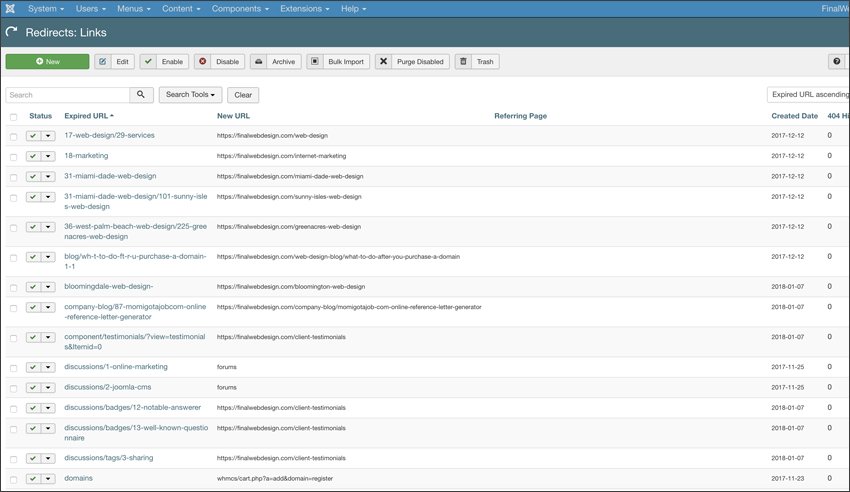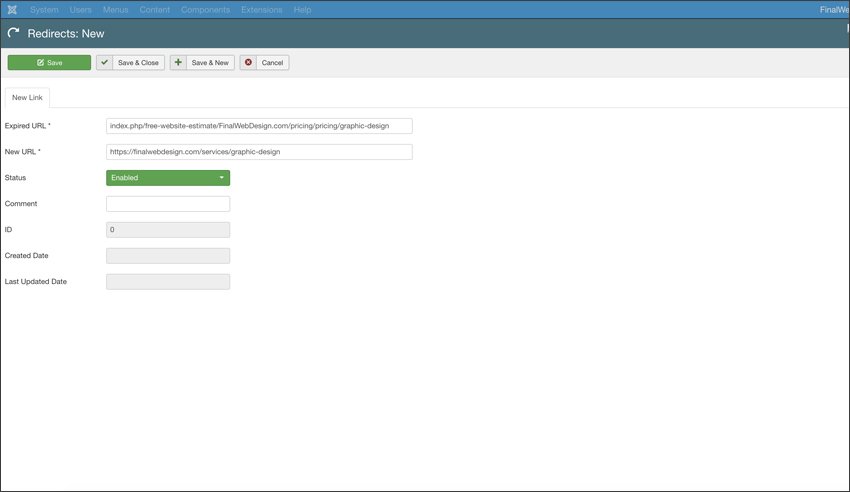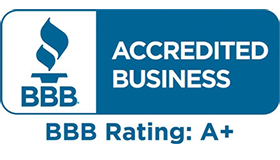301 Redirects Setup & Management Services
301 Redirects Development and Implementation Services
A 301 redirect lets search engines know that www.yoursite.com and yoursite.com are the same websites. A 301 redirect is a simple and essential step for any SEO strategy. A 301 redirect lets search engines know if your website pages have changed URL addresses. It is a relatively simple yet incredibly important SEO technique to perform a 301 redirect whenever developing a website. Talk to Final Web Design about making sure your site has redirects in place. Proper redirecting is something that far too many web developers and sites fail to address.
How 301 Redirects Work and Why they are Crucial for SEO


How 303 Redirects Work and Why they are Important for SEO
By implementing a 301 redirect on a defunct URL, you automatically push the user to a new URL currently working. Additionally, search engines understand the purpose of a 301 redirect, which is to say that the URL has been permanently moved. In most cases, all of the SEO power built up in your old URL is then pushed to the new URL, and you can continue with your SEO strategy as initially planned.
Several people attempt to use 303 redirects to redirect users and search engines around their websites. 303 says that a link has been temporarily moved to a different URL, whereas 301 redirects say that this change is permanent. If you plan to use the old URL again, then 303 redirects work fine, but if you’re not going to use that URL anymore, you want to use 301 redirects. Not doing so will, again, hinder your organic rankings and ultimately affect your organic traffic.
How to Implement 301 Redirects when Moving Pages on Your Website
There are generally several different ways to implement 301 redirects on your website. The most common way to do so is through your .htaccess file located on your FTP. Blog templates like WordPress and Joomla have plugins that allow you to redirect users and search engines properly.
It’s important to mention that you should not eliminate content or change URLs on your website when possible. You’ll never fully recover your SEO power after doing this, especially if your pages end up at a 404 error (Page Not Found). If you need to do redirects, then taking action with 301 redirects will be your best bet to maintain the SEO work you’ve put into your website before the change was made.







